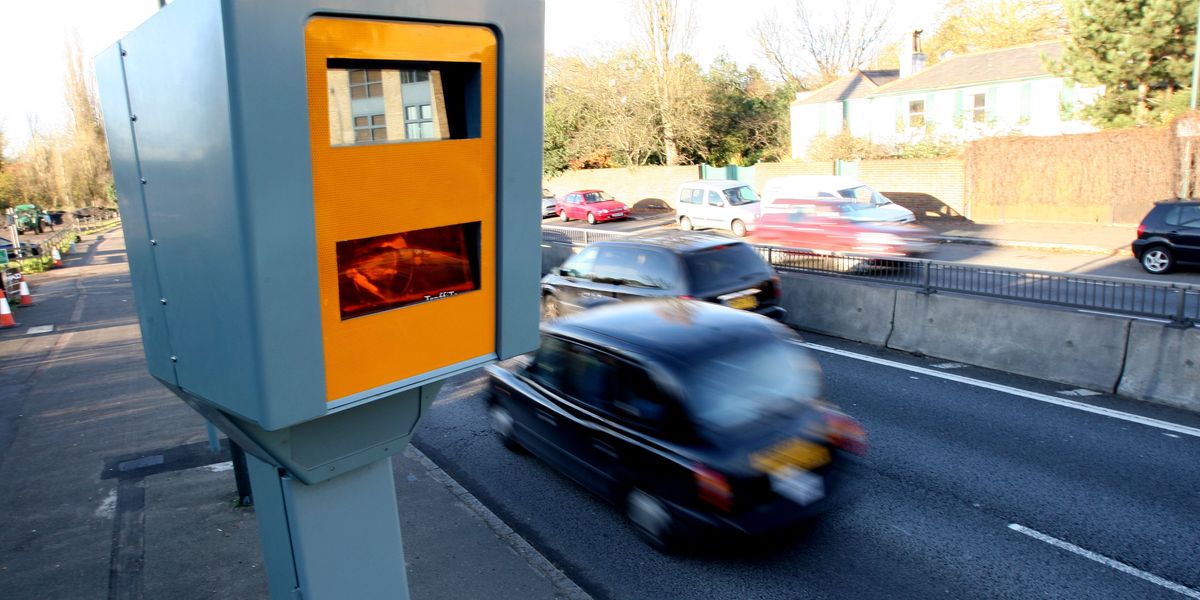Millions of Britons are at of falling into “sneaky tax traps” set by HM Revenue and Customs (HMRC) unless Chancellor Rachel Reeves decides to take action, according to a new analysis from Hargreaves Lansdown.
The financial services firm is warning that workers are losing thousands of pounds due to tax-free allowance falling behind wage inflation, which is otherwise known as fiscal drag.
This phenomenon take places if wages or inflation rise during a period of time when tax thresholds are frozen, resulting in individuals being pulled into higher brackets.
Hargreaves Lansdown is breaking down the four “tax traps” on income, which couldmean taxpayers pay an effective rate of up to 60 per cent, as well as “attacks” on savings and investment.
One of the traps cited by analysts is the frozen higher rate threshold for income with there being 6.3 million people impacted in the current fiscal year, up 1.88 million since the threshold freeze in 2021/22.
Do you have a money story you’d like to share? Get in touch by emailing money@gbnews.uk.
Experts are warning Britons about seven “sneaky tax traps” on savings, income and investements
GETTY / PA
Under current rules set by the Government, this stealth tax is set to remain in place until 2028 but wages have jumped by 22 per cent since it was introduced by then-Chancellor Rishi Sunak, whose successor Jeremy Hunt extended the allowance freeze until 2028.
During her Autumn Budget last year, the Chancellor confirmed various multiple tax hikes, including to employer National Insurance contributions and making pension pots liable for inheritance tax (IHT).
However, Reeves confirmed she would end the threshold freeze on income tax and National Insurance rates for workers due to the fact this policy “hurt working people” and “would take more money out of their payslips”.
The personal tax thresholds for these levies will now be uprated in line with inflation, but this decision to unfreeze allowances will not be implemented until 2028-29.
Workers, savers and investors are all risk of surprise taxes
GETTY
Here is a full list of the “tax traps” on income and earnings resulting from fiscal drag that could lose higher rate taxpayers thousands of pounds, according to Hargreaves Lansdown:
- Income tax on earnings: Threshold frozen at £50,270 from April 2021 to April 2028, rate will rise from 20 per cent to 40 per cent once crossed. Wages have risen by 22 per cent since the freeze but thresholds would have been £61,329 if allowance had kept up with inflation.
- Losing personal allowance: Threshold is cut by £1 for every £2 that income is over £100,000. Allowance is zero once someone earns £125,140, an effective tax rate of 60 per cent. Threshold not changed since its 2010 introduction, but wages have risen 60 per cent. If kept pace with earnings, allowance would be £160,000.
- High-income child benefit charge: In effect if taxpayer/partner’s over £60,000 threshold and they claim benefit. Repay some via Self-Assessment. Needs to be repaid if claimant earns £80,000. Introduced in 2013, threshold began at £50,000 while wages have risen by 53 per cent. To keep up, threshold would need to be £76,500.
- Missing out on tax-free childcare: Worth up to £2,000 annually and is accessible until someone earns £100,000. At this point, both parents are no longer eligible. Threshold not changed since 2017, despite wages increasing by 40 per cent over the period.
Here is a full list of the “tax traps” on savings and investments resulting from fiscal drag that could lose higher rate taxpayers thousands of pounds, according to Hargreaves Lansdown:
- Dividend tax: Pay a higher rate of tax on dividends if you change tax brackets. Basic rate taxpayers pay tax at 8.75 per cent and higher rate taxpayers 33.75 per cent. which increased in April 2022. The tax-free allowance was slashed from £5,000 in 2017/18 to £500 in the current tax year, pulling more people into paying levy.
- Capital gains tax (CGT): Once threshold crossed, Britons pay higher CGT rate. Since Reeves’s Budget, rate for gains on stocks and shares has jumped to 18 per cent for basic rate taxpayers and 25 per cent for higher rate. This year, investors can make gains of £3,000 before paying tax which is down from £12,300 in 2022/23.
LATEST DEVELOPMENTS:
- Tax on savings: Basic rate taxpayers do not need to pay tax on savings unless they make over £1,000 in interest. However, for higher rate taxpayers this threshold is £500. Additional rate taxpayers do not need an allowance.
Sarah Coles, the head of personal finance, Hargreaves Lansdown, said: “The taxman has set an array of sneaky traps for millions of higher rate taxpayers. They’ll be painfully aware of the income tax trap, which has plunged almost two million more people into paying higher rate tax since April 2021.
“However, there are other more stealthy traps ready to catch them and empty their pockets. When you cross the threshold into paying 40 per cent income tax, you automatically face higher tax rates in all sorts of pockets of your finances – and a lower threshold for savings tax too”
“Then when you earn a bit more – well before you get anywhere near the additional rate tax threshold – there are a number of horrible tax traps that bite,” the savings expert added.




